Ben Trewen attended the 2018 Bushwalking Australia Face-to-face conference for Walking SA and shared his thoughts on Youth & Youth Adult Engagement in clubs and outdoor adventure groups:
G’day all,
I was really encouraged by your recognition of and enthusiasm towards engaging young people within your states, so I have put some thought to some engagement ideas that you may wish to pursue.
To begin with, I think the challenge needs to be tackled by asking some key questions of your [clubs and] groups.
Is there actually an identified ‘young person’ problem? If so, what does this look like? (Remember, this is your problem, not theirs).
Are current members ready to engage with young people? (Doesn’t need to be a shift in your identity, but it does likely require a shift in attitude and/or culture).
Do young people wish to engage with your club/group? If yes – can you determine the barriers? If no – why not?
What is the incentive? What can you offer to a young person that others can’t? (You DO have a lot to offer!)
To help work through these questions, here are some ideas/strategies you might consider:
When it comes to implementing strategies as I discuss below… please don’t look to do what you think is best. Collaborate with young people on what IS best!
Keep in mind also, that engaging young people may take more give, than take (especially to begin with) – but in the long run, it can absolutely be worth it. Young people today may be different to you when you were their age, but they still have as much potential, value and ambition as you did/do!
Here we go:
Access to [Walks]/Hikes
Provide them with hike options to get them walking in their own time – an initial point of engagement. Ensure they are easy to understand and use (consider GPX files). I think we do this incredibly well at Walking SA through our website.
Duke of Edinburgh
Have members train and register as Duke of Ed Award Leaders, then offer to assess young people completing the award. I know in SA, there is a shortage of Award Leaders. I’ve trained as one – it’s not hard, an online course.
Subject Matter Experts
Offer your skill and experience to verify/assess a young persons ‘outdoor education’ learning – this can apply to high school students, TAFE students and uni students.
Diversity of Options
Offer a range of group hikes that are maybe more appealing within their ‘lifestyle’ – early morning, night hikes, school/uni holidays etc.
Networking
Looking beyond the outdoor recreational benefits. Many young people are looking for employment opportunities and maybe people in your clubs can offer this beyond the bushwalking experiences.
Mentoring
See bushwalking as more than just a recreational activity. It’s a chance for a young person to work on their wellbeing and mental health with the support (mentorship) of an older, experienced, patient and wiser person. A chance to have time and space to think, talk through challenges, breath in fresh air, de-stress… whatever it might be for them. This may not require a specific ‘program’, but just a consideration to the fact that a young person may get a different outcome from an experience to what you might typically consider. I have so many thoughts on this one because of my own experience.
‘Discount’ Incentives
Young people will typically be students, apprentices, trainees or on crap money. Any opportunity to reduce their financial burden will help. Discounts with retailers, concessions on membership fees, free entry to events/activities. The tight nature of their spending won’t last forever, but can be a great offset to begin with.
Leverage Relationships
Get involved with outdoor educators, Scouts groups and similar and piggy back of the introductory work they are already doing to introduce young people to outdoor recreation. Otherwise, you risk them becoming absorbed in mainstream sport (or no physical activity). Outdoor recreation has so many benefits on mainstream sports, the sell is easy (there was only so many Saturday’s I could handle being wasted away after being cleaned up for a duck). It’s making the connection between what their school (or similar) offers them for a week or two and the ongoing opportunity that is the challenge.
Up-skill/Formal Education
Seek opportunities to partner with local training bodies (RTOs or similar) and see if they’ll incorporate part of their course into your groups activities. For example, a learner has to lead one of your walks which can then be recorded in their training log.
Tech Engagement
Consider introducing more ’tech’ into your activities that would appeal. Thinking GPX files, Geocaching, Strava, Radio Communications etc.
Content
Let’s not rule out the appeal of young people keen to capture the ‘money shot’, write about their experiences on their blog, put together an adventurous clip from their GoPro or similar. If you can provide and facilitate opportunities to do this, it can then come full circle and benefit you. You may have just engaged your next marketing and communications person to take care of your website and social media. Who knows…?
Gear
Two thoughts on this one – the first one is the young people like me who froth on gear. Think ‘Geardos’. Provide opportunities for people to play with different types of gear, explore what’s new in the market, and share what the good ol’ days were like (before everything in a kit was made of titanium). The second one is to appeal to the reuse/recycle types. Consider gear swap nights, share information about ethical products and purchasing etc. Patagonia and North Face are two of many brands doing lots in this space.
I hope this has been of some help or inspiration (and these points can apply to all outdoor recreation including sea kayaking, not just bushwalking). Young people are just incredible (they always have been).
On reflection, I would love to help you and your state body, clubs, groups etc work through these present challenges, because I’m excited to think about the potential for when we can engage them. So please let me know if there is anything I can do.
To conclude, I’ll leave you with a some words from Patagonia founder, Yvon Chouinard – “The word adventure has gotten overused. For me, when everything goes wrong – that’s when adventure starts”.
Guest Blogger: Ben Trewren
Join Ben on his Churchill Fellowship travels for outdoor adventure: https://www.bentrewren.com/

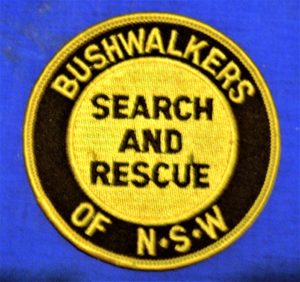
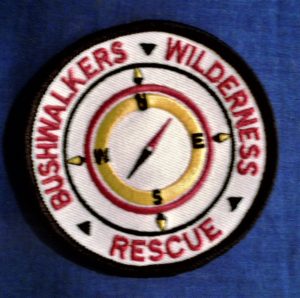
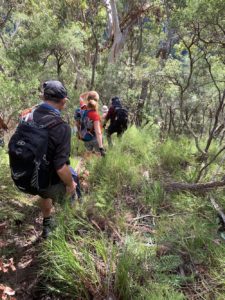
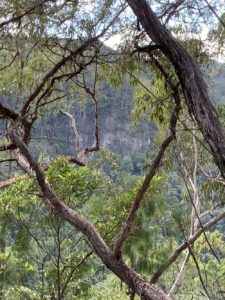
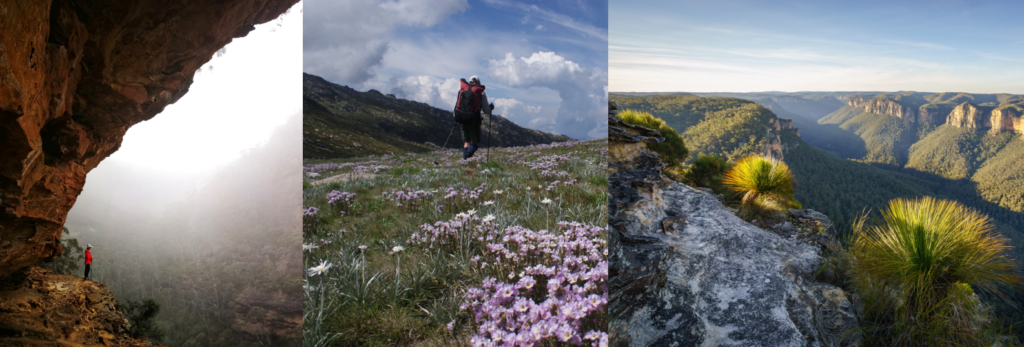
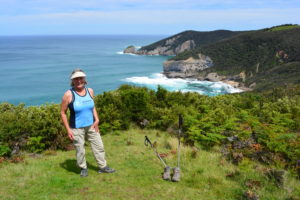
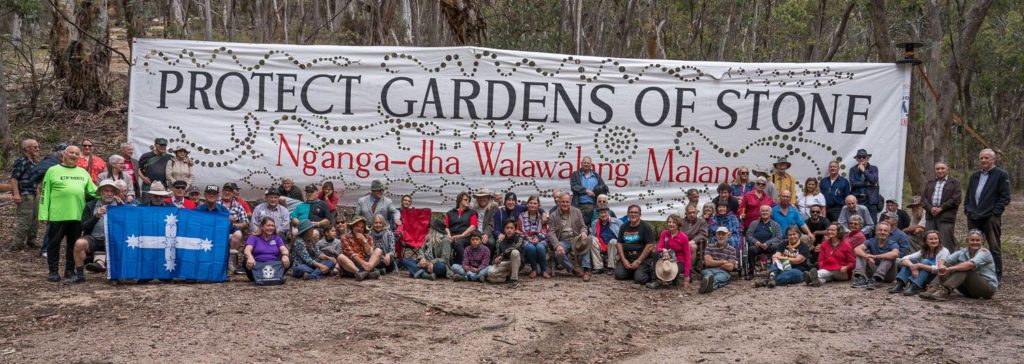
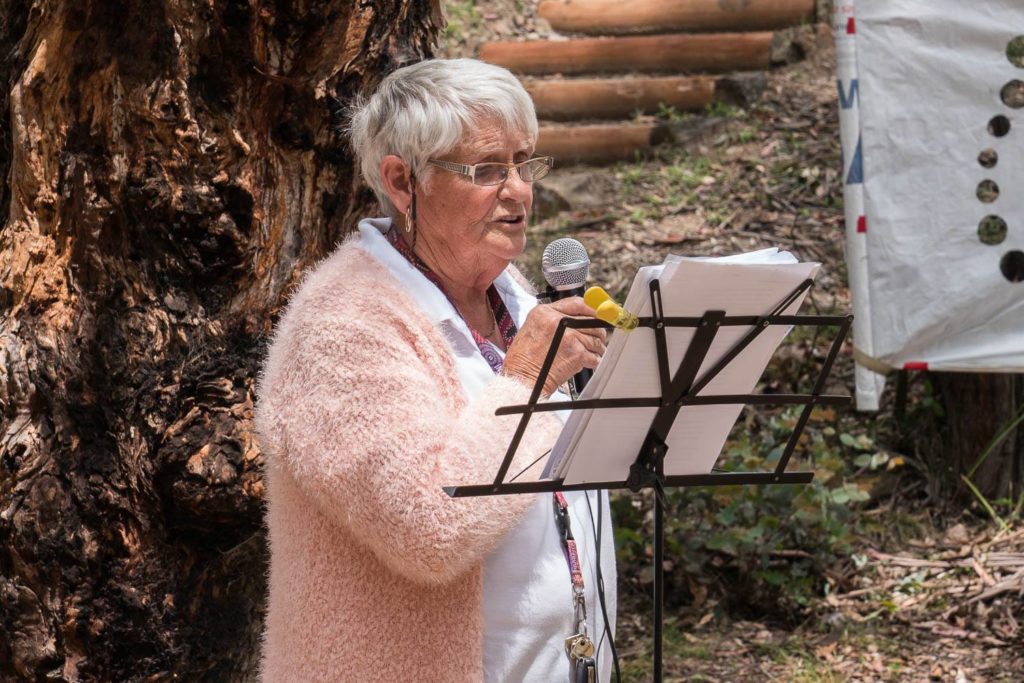
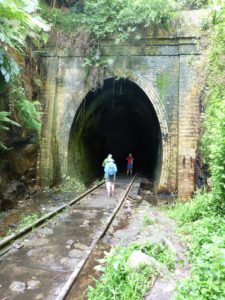 Such a torch let us down recently at a disused, open access railway tunnel at Helensburgh. This amazing long single-track tunnel was brick lined for reinforcement. The current double track railway through the mountainous terrain has by passed this tunnel. It was dark enough to have impressive glow worms.
Such a torch let us down recently at a disused, open access railway tunnel at Helensburgh. This amazing long single-track tunnel was brick lined for reinforcement. The current double track railway through the mountainous terrain has by passed this tunnel. It was dark enough to have impressive glow worms.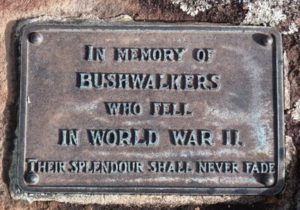 Splendour Rock at the southern end of Mt Dingo in the Megalong Valley is an outstanding location to remember bushwalkers who died in the armed services of WWII. From Sydney Bush Walkers (SBW) records we know the names of the first bushwalkers to see this site and when its fabulous memorial was installed in 1948. “The Bushwalker” archives at
Splendour Rock at the southern end of Mt Dingo in the Megalong Valley is an outstanding location to remember bushwalkers who died in the armed services of WWII. From Sydney Bush Walkers (SBW) records we know the names of the first bushwalkers to see this site and when its fabulous memorial was installed in 1948. “The Bushwalker” archives at 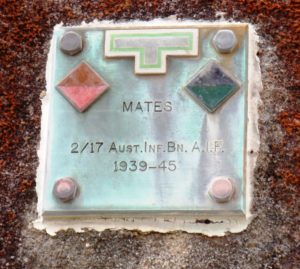
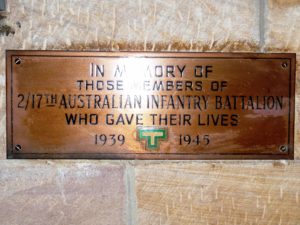 For many years post WWII Gordon was active in the BA social sub-committee. In 1953 he also joined a sub-committee to add a further memorial to those of the 17th Battalion (from WWI) at St Thomas Church, North Sydney. Eventually in 1956 a plaque was installed with the words; “IN MEMORY OF THOSE MEMBERS OF 2/17th INFANTRY BATTALION WHO GAVE THEIR LIVES 1939.1945″. The BA still have a service of remembrance each year on the Sunday before ANZAC Day. Could the “MATES” plaque at Splendour Rock have also been installed around this time?
For many years post WWII Gordon was active in the BA social sub-committee. In 1953 he also joined a sub-committee to add a further memorial to those of the 17th Battalion (from WWI) at St Thomas Church, North Sydney. Eventually in 1956 a plaque was installed with the words; “IN MEMORY OF THOSE MEMBERS OF 2/17th INFANTRY BATTALION WHO GAVE THEIR LIVES 1939.1945″. The BA still have a service of remembrance each year on the Sunday before ANZAC Day. Could the “MATES” plaque at Splendour Rock have also been installed around this time?